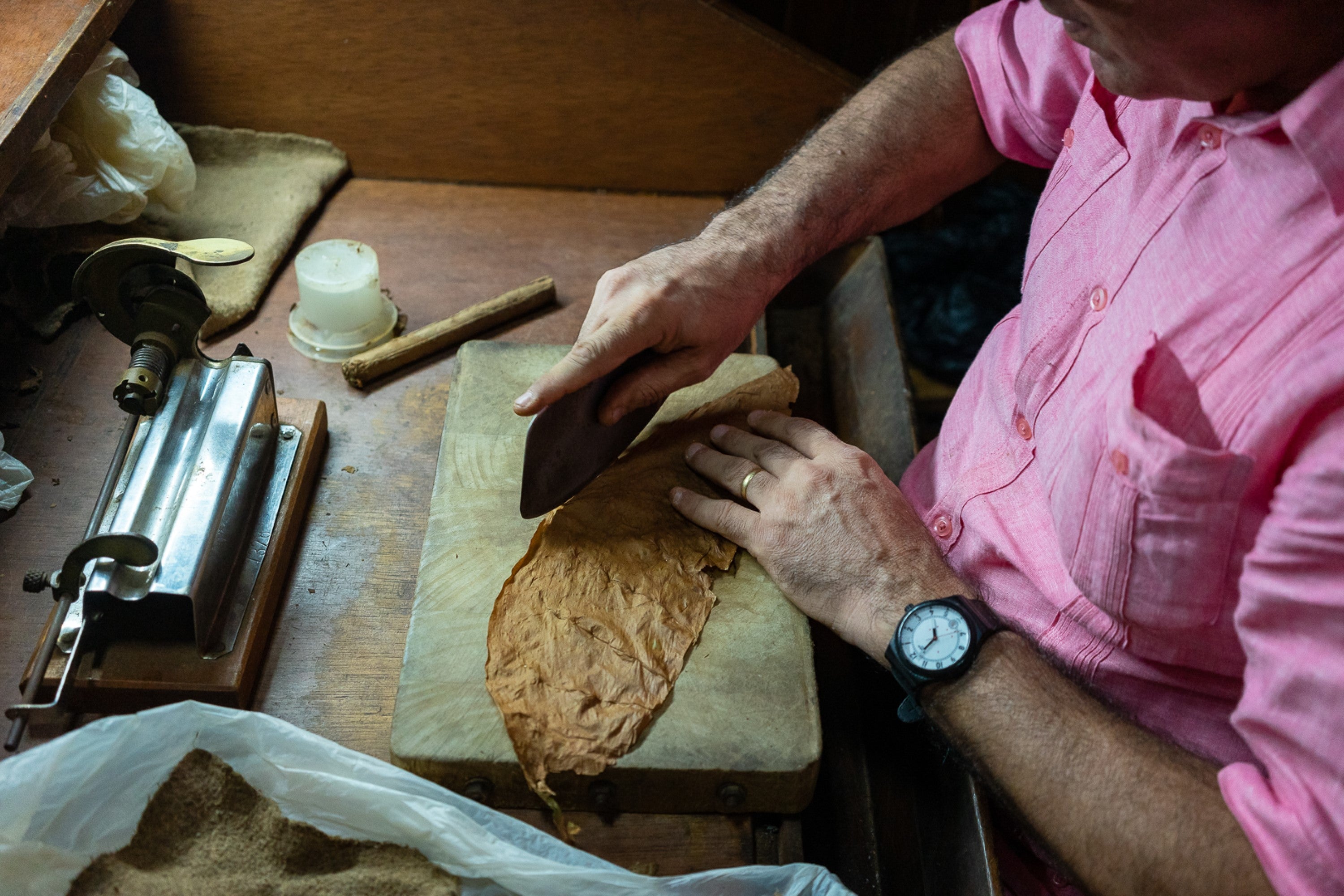It is a widely-held fact that Cuban cigars are the most complex on the market thanks to the unique tobacco grown on the island. The magic of the terroir allows for flavour variety and development that is unsurpassed in the luxury cigar sphere. The universal acceptance of Cuba’s supremacy in this regard has led to the majority of aficionados referring to the rest of the fine tobacco-growing nations as the ‘New World’ of cigars. This term replaces the previously-used ‘Non-Cuban’, as the latter can have a somewhat negative slant to it – negativity is not what the tobacco these nations produce deserve.
Scottish whisky is the original and best, but that does not preclude other countries from distilling some exceptional liquid. Ireland and, more recently, America are the 2 best-known examples of this, but there are also magnificent drams to be had from Taiwan, India and Australia. So it is with cigar tobacco – some producers are well-known to most, if not all, cigar smokers, but some may surprise you. All grow and cure leaves which will eventually become appetising, flavourful cigars.
A selection of Dominican cigars from Davidoff
Dominican Republic
The home of the highest concentration of cigar factories in the world, the place to where many of Cuba’s cigar-producing families escaped after the Revolution, and probably the most famous New World cigar nation, is Dominican Republic. Some of the biggest brands in the industry have their homes here – legendary names like Davidoff and Fuente proudly fly the flag for Dominican cigars – and the agricultural advances these behemoths have made in recent years allow for even more tobacco to be grown there. Davidoff managed to cultivate land previously thought to be unworkable for their Yamasa range, while Carlito Fuente’s determination to prove wrappers could be grown here paved the road for the emergence of Dominican puros. The tobacco was once considered more mild in strength to that of its neighbours, but the last 20 years have seen a sharp increase in the variety of leaves produced here. This fine pedigree of cultivating tobacco and crafting cigars is why EGM Cigars chose Dominican Republic to make our own line of cigars, which we’re excited to share with you soon.
Nicaragua
I have long felt there to be a certain aroma which marks a cigar out as Nicaraguan. It’s a rich, earthy note which I have found to be exuded by every Nicaraguan cigar I have smoked, but never on any cigar of different origin. This may be an entirely subjective discovery, but it has to be said that Nicaraguan tobacco is unusual, if not unique. The jet-black volcanic soil is the source of the spice and intensity of flavour these leaves possess, and this is another island which has seen many influential cigar names set up camp. Davidoff use Nicaraguan tobacco for their Late Hour range, among others, and the Fuente family made their return as recently as 2018. Other brands, such as Oliva, make some exceptional smokes wholly from Nicaraguan tobacco, and each is imbued with the power of the volcano which gives the soil its nutrient profile. They may not have the complexity of Cuban leaves, but they certainly have enough flavour and strength to satisfy even the most experienced of palettes.
A lush, green tobacco field
Brazil
While nowhere near as popular or well-known a producer as the first 2 names on this list, Brazil is actually one of the biggest tobacco producers in the world. Only China grows more each year than Brazil, but a relatively small amount of that total output is considered for inclusion in luxury, hand-rolled cigars. Those leaves which are deemed worthy have a rich, oily character and a darkness in colour which makes them excellent choices as wrappers, although more recently brands have begun to incorporate Brazilian filler tobacco into their blends. Pepper, spice and dark chocolate are the main flavour notes, and the popularity of the Brazilian version of these classic flavours is rising. With such a huge industry already flourishing in the nation, it would be no surprise if we saw more and more Brazilian cigars reaching market in the next few years.
Honduras
Honduras has had more than its fair share of internal strife through recent years, and its inner cities can still be dangerous and violent places, but the rural areas are ideal for growing tobacco. Big names in the New World cigar sector, like Rocky Patel and the Davidoff-backed Camacho, have chosen to draw their supplies from here and the cigars they create have a balance and gentle flavour which perhaps belies their often dark exterior. This is another region which is on the ascent in terms of the quality of their cigars, and will hopefully produce plenty more delicious smokes in years to come.
A torcedor prepares a silky wrapper leaf.
Cameroon
It’s not just Latin America and the Caribbean basin where fine tobacco can be grown. Tobacco seeds were brought from Indonesia to the Central African Republic and from there made their way to neighbouring Cameroon. In the hundred-or-so years since, the growing industry has gone from boom to near-extinction and now back again. Today’s Cameroonian tobacco is prized for the amount of oil pockets in the leaves, giving them plenty of flavour and a silky shine. Again, they are mostly used as wrappers – including in the Fuente Hemingway series – but it would not be surprising if this developed into filler and binder at a later stage.
While the world of tobacco still has Cuba as its clear champion there can be no doubt that the chasing pack still have plenty to offer the cigar smoker. Variety is the spice of life, and there is nothing wrong with visiting other cigar nations on occasion. If anything, it will broaden your knowledge and enhance your appreciation of the very best of Havana.







